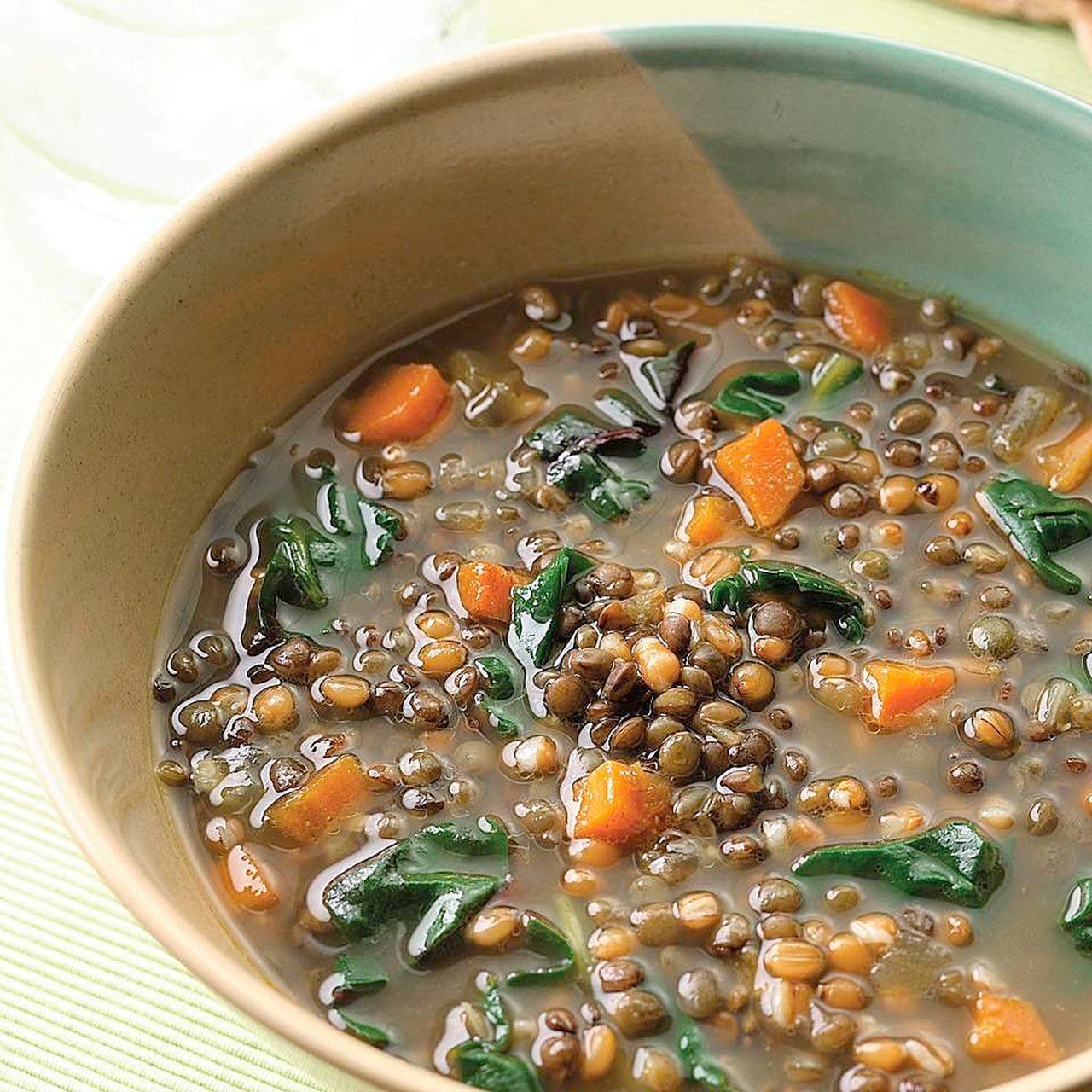The United Nations declared 2016 the Year of the Pulse.
What is a pulse?
A pulse is any of the group of 12 crops of dried beans, peas and lentils, also called legumes. If you aren’t including these gems in your family meals, now’s the time to begin — they are loaded with health benefits.
Pulses are rich in nutrients and are excellent sources of protein, iron, magnesium, zinc, fiber and folate. They are low in fat, particularly saturated fat and do not have any cholesterol or trans fat. They are high in soluble fiber and resistant starch and also deliver antioxidants and phytochemicals.
Their high protein content makes a one-half cup servings of cooked pulses equivalent to eating two ounces of meat.Or you could consider pulses as a part of the vegetable group and that same serving size would be the equivalent of one serving of vegetables.
Let’s dig deeper into the health benefits of these humble starches.
First, pulses are high in protein and fiber, making them a great for weight control. They are highly satisfying and fill you up, which makes you more likely to reduce calorie intake and portion sizes.
The only bean that contains the entire complement of essential amino acids is the superstar soybean, but don’t let that limit you. If you eat other whole grains or plant proteins alongside legumes you will get a high quality protein.
Second, pulses contain resistant starch that is not absorbed in your intestine, which provides benefits similar to those of fiber. Because of this, pulses act as prebiotics, to keep your gut microbiome healthy.
Pulses also have a low glycemic index, meaning they provide a slow release of energy and do not raise your blood sugar. They are also rich in soluble fiber that is heart protective. The American Heart Association recommends four to five servings of beans, nuts and seeds per week.
Third, pulses are good sources of iron, zinc, magnesium and folate. Folate helps reduce elevated blood homocysteine levels, a risk factor for cardiovascular disease. For vegetarians and vegans especially, pulses are reliable sources of iron and important minerals like zinc and magnesium.
To reduce the gas and bloating that may come with eating more pulses, drink more water and start with small portions and slowly increase the amount you eat to help your gut adjust.
Cook pulses properly and don’t cook with the liquid left over from soaking the beans. Use the product Beano to help eliminate gas.
For information and recipes: www.ag.ndsu.edu/pubs/yf/foods/fn1508.pdf
Kim Larson is a registered dietitian nutritionist, founder of Total Health, www.totalhealthrd.com, and a spokesperson for the Academy of Nutrition &Dietetics.
Talk to us
> Give us your news tips.
> Send us a letter to the editor.
> More Herald contact information.

























